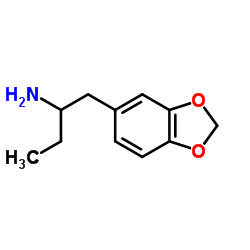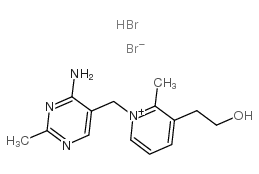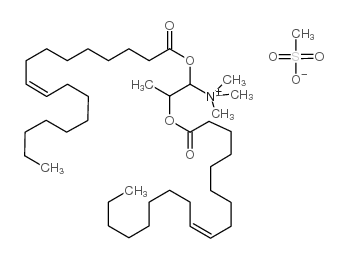| Structure | Name/CAS No. | Articles |
|---|---|---|
 |
1,3-Benzodioxolylbutanamine
CAS:42542-07-4 |
|
 |
NEOPYRITHIAMINE HYDROBROMIDE
CAS:534-64-5 |
|
 |
DOTAP Transfection Reagent
CAS:144189-73-1 |